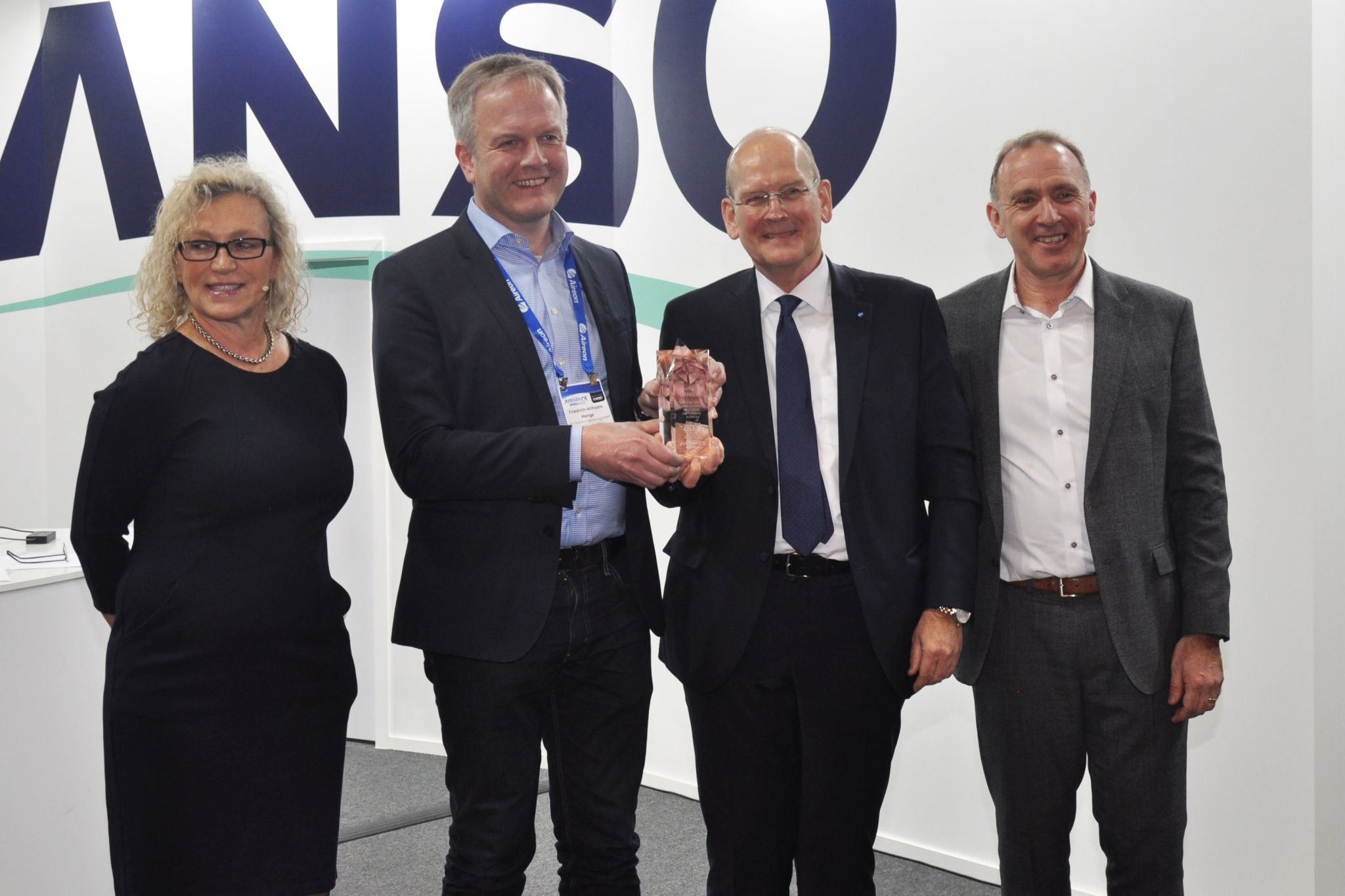World’s first satellite-based precision landings under low visibility conditions receive ATM Award

The world’s first ground-based augmentation system (GBAS) for satellite-based precision landings with increased glideslope under low visibility conditions (CAT II) received the renowned industry ATM Award in the category Innovation. The system promises a significant increase in runway throughput, and a reduction of average delay and diversions as well as considerable cost-efficiency. DFS, together with its partners Lufthansa and Airbus, have extended the technology.
Within the SESAR DREAMS project (Demonstration of Runway Enhanced Approaches Made with Satellite Navigation), they demonstrated the precision of the system. In July 2022, DFS published GLS CAT II procedures with 3 and 3.2 degree glideslopes for public use at Frankfurt Airport.
Rationalisation is a key element of the European communication, navigation and surveillance (CNS) strategy. Satellite-based landing systems using ground-based augmentation are currently being developed and deployed worldwide.
Friedrich-Wilhelm Menge, CTO on the DFS Executive Board, thanked the jury for selecting the future-oriented GBAS technology and said: “Enabling GBAS for low visibility operations at Frankfurt Airport is a consistent step in paving the way towards the digitalisation of precision approach landing techniques. We want to encourage the whole aviation community to further push these developments.”
Jörg Pikolin, Head of ATM Development & Regulatory Affairs Flight Operations at Lufthansa: “Innovation is the key to realising more sustainable and environmentally friendly operations. Therefore, we as Lufthansa not only support but are actively engaged in developing promising technologies such as GBAS.”
To increase the integrity of the GBAS ground system, an SBAS receiver has been integrated into the GBAS station at Frankfurt Airport. By using specific information from EGNOS, GBAS can assess the ionospheric conditions for an expanded regional area. If ionospheric activity is low, the system allows for higher integrity sufficient for CAT II low visibility conditions. Then, the station supports CAT II operations for GAST C equipped airborne users. In case of increased ionospheric activity, the station reverts to its CAT I capability.
Within the GBAS ground station environment mentioned above, Airbus supported the airworthiness demonstration for the airborne part and accordingly received the GBAS CAT II EASA approval for A320 family aircraft in July 2022.
The ATM Awards were handed out by Air Traffic Management Magazine and the Civil Air Navigation Services Organisation (CANSO) at Airspace World 2023, which took place in Geneva from 8 to 10 March. GBAS excelled in its category among 80 projects in total. The ATM Awards acknowledge pioneering concepts, initiatives and significant achievements in the air traffic management industry.







.png)
.jpg)
Comments
There are no comments yet for this item
Join the discussion